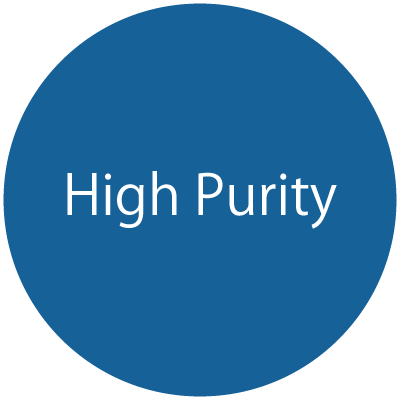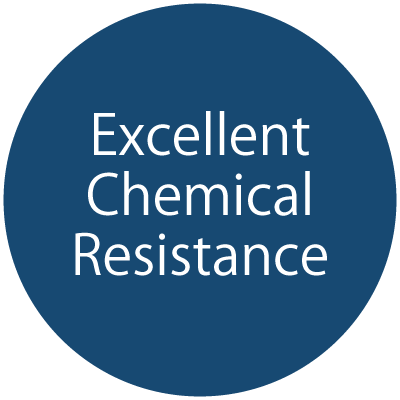 |
Silica glass has excellent transmittance characteristics in a wide range of wavelengths, covering not only visible light, but also from ultraviolet to infrared light. The ES Series and ED Series have been developed for use as materials in optical applications.
Both of these series are types of synthetic silica glass made from silicon tetrachloride (SiCl4). They contain almost no impurities, bubbles, or foreign matter, giving them excellent light transmittance features across a wide wavelength range from vacuum ultraviolet regions to the infrared regions. |
 |
Silica glass is composed entirely of SiO2 and contains almost no metallic impurities. Fused silica glass is mainly manufactured using natural rock crystal as the raw material. Synthetic silica glass is mainly manufactured using silicon tetrachloride (SiCl4) as the raw material. Fused silica glass contains no more than ppm-level impurities, and synthetic silica glass contains no more than ppb-level impurities. |

|
Silica glass is extremely chemically stable and chemically resistant. Because of its excellent chemical resistance, silica glass is ideal for containers for distilling various solvents and acid solutions, as well as for dissolving or cleaning various materials. It is important to note, however, that when silica glass is used for hydrofluoric acid solution, phosphoric acid solution, alkaline solution, or alkali metal compound solution, or is exposed to the atmosphere where such a solution exists, etching of the glass or loss of surface transparency may occur. Caution is therefore required when silica glass is used for these applications over a long period of time. |
 |
Silica glass has an extremely high deformation temperature of approximately 1,700℃ and can easily be used at temperatures as high as 1,000℃. Its very low thermal expansion coefficient also makes silica glass highly resistant to sudden temperature changes. Silica glass has some special properties not seen in other materials. For example, silica glass characteristics such as rigidity, tensile strength, and bending strength increase as the temperature rises and peak at a temperature of 800 to 1,000℃. Then as the temperature rises further, the values suddenly decrease due to the effects of factors such as a drop in viscosity. |
ApplicationsSilica glass is used in many applications as the material for the furnace core tubes and wafer boats used in semiconductor fabrication, for semiconductor fabrication equipment components, for components used in optical fiber manufacture, for masks in semiconductor fabrication and liquid crystal panel manufacture, for lenses and windows for ultraviolet and infrared light, and for tubes of high-luminance lamps. |
|


 Contact Us
Contact Us